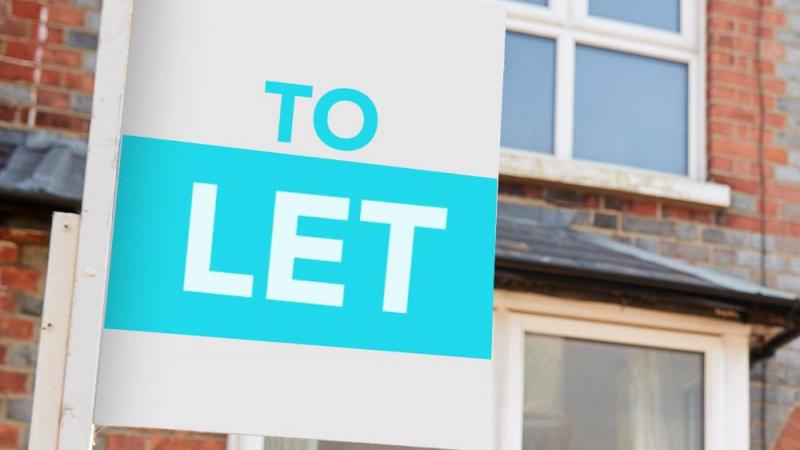Rental Growth in 2023 Breaching A 6-Year High In The UK

Government statistics show that average rental costs in the UK have reached their highest level since 2016 this year.
Up from 2.8% the year before, private rental rates in the UK have climbed by 3.0% in the year to June 2022.
Moreover, according to Finbri bridging loans, we can expect rental costs in the UK to keep rising in 2023. As a result, property developers might find investment opportunities in regions with a shortage of affordable housing, like London, Scotland, and the South West. This would assist to counterbalance the existing supply and demand imbalances.
What is the UK rent rate?
The Office for National Statistics reports that between April 2021 and March 2022, the average monthly rent in England was £795. This was a record-high.
In July 2021, Rightmove reported that rents in London had increased by an average of 19% since the pandemic started. It was the same growth rate as in the eight years before Covid-19 struck the UK. Moreover, the average rent rose to £2,257 per month thanks to a 15% increase in the previous year. You must know that it was the highest annual rate in the nation. And it is still going up and up in 2023.
Why is rent in the UK so expensive right now?
Due to many variables, including an imbalance in supply and demand brought on by a lack of affordable housing, rent in the UK is at a six-year high.
Besides, the UK is currently experiencing a housing crisis due to the government’s inability to construct enough homes in recent decades. Contrarily, the stock of social housing has been either sold off to the private sector through the Right to Buy or demolished without any replacement.
The National Housing Federation estimates that 340,000 new houses should be built in England each year, with 145,000 of those being affordable.
Besides, in its 2019 platform, the Conservative administration established a goal of building 300,000 new homes in England. However, it has fallen short of that target. In 2020–21, they created 216,000 new homes, down from 243,000 in 2019–20, primarily because of Covid’s effects.
While this is going on, areas like Cornwall are confronting even greater demand issues. Here tourism has benefited from a rise in short-term rentals since Airbnb’s launch a few years ago,
Renters are staying in their present rental homes longer. This is because they are unable to make the move to homeownership. As a result, it prevents rental homes from moving around the market as they would have in the past. Moreover, according to Zoopla, tenants occupied rental properties for five months longer in 2022 than they did in 2012.
Where are rent increases occurring most quickly?
Following a 3% increase in the second quarter, rental growth in the UK increased to 4.6% in the third quarter. Additionally, the average rental growth rate in the UK, excluding London, grew by 6% in the fourth quarter, the highest rate in 14 years.
The East Midlands had the largest annual rental price increase in England’s regions in the year to June 2022, with a 4.3% increase. Then the South West experienced a 4.1% increase and the North West 3.8% increase.
However, in London, where prices increased by 1.7% in June 2022, we observed the slowest yearly gain in rental prices.
What was the scenario of the rent surge in 2022?
In 2022, rents increased again, however more slowly. It was the result of the cost of living issue continuing to have an impact on household income. However, the market got localized. So, areas with the most demand could continue to experience recent record price increases.
Zoopla predicts that between Q2 and Q3, the post-pandemic surge in pent-up rental demand reached normalization and rental growth rates started to decline.
We also observed further rental growth to be constrained by affordability issues. However, this occurred at different times depending on the region. In areas with the least amount of available stock, rents rose for a longer period of time. And at the moment London, Scotland, and the South West came into this category.
On the other hand, it might take some time for the imbalance between supply and demand to close. And when it does, rental rates could drop.




